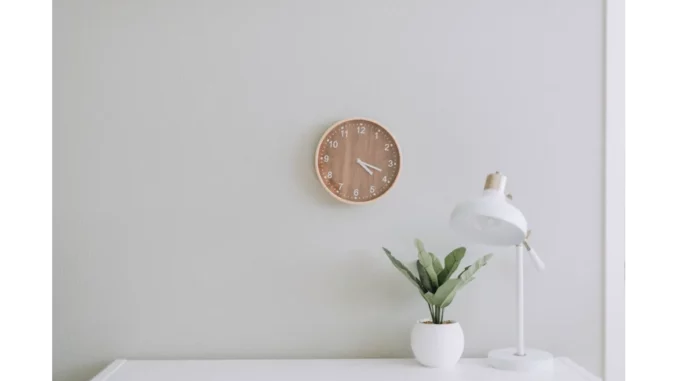
In the heart of Chelsea, I had the pleasure of meeting with Sophie Aldridge, an accomplished interior designer known for her ability to transform ordinary spaces into harmonious sanctuaries. As we sat in her elegantly decorated studio, Sophie shared some of her most valuable insights on interior design. Her approach is not merely about filling a room with items, but about creating a balanced environment where every piece has its rightful place, contributing to the overall harmony.
Sophie’s philosophy centres around understanding the purpose and functionality of a room before considering aesthetic elements. “When you start with the room’s purpose in mind, everything else can fall naturally into place,” she explained, her voice warm and enthusiastic. “The primary function of a living room, for instance, could be a space for family gatherings, a cosy nook for movie nights, or a sophisticated area for entertaining guests. This will dictate your layout and design choices.”
She emphasised the importance of considering the number of occupants and the activities envisioned for the space. “For a family room, think of a large, comfortable sofa paired with a couple of armchairs to create an inviting seating area. This setup is perfect for accommodating everyone during a movie night or a casual get-together.” Sophie’s own living room, she shared, boasts a sprawling sectional sofa that can comfortably seat her entire family, with strategically placed armchairs that offer additional seating without crowding the space.
In contrast, for a more formal setting, she recommended twin sofas facing each other with an elegant coffee table in between. “This arrangement fosters conversation and creates a balanced, symmetrical look,” Sophie noted. Her studio showcased this layout beautifully, with two sleek, grey sofas facing each other across a minimalist coffee table adorned with a few carefully chosen decorative items.
As we delved deeper into the conversation, Sophie highlighted the importance of selecting furniture that not only fits the room’s function but also compliments its size and shape. “Scale is crucial,” she said, gesturing to a petite armchair in the corner. “In a smaller room, oversized furniture can make the space feel cramped and uncomfortable. Conversely, in a large room, small pieces can feel lost and out of place.”
She illustrated this point with an example from a recent project where she transformed a modestly sized flat. “We opted for a compact, modular sofa and slim-profile chairs that didn’t overwhelm the space. The result was a room that felt spacious and inviting despite its limited square footage.”
Sophie’s design prowess extends beyond just furniture placement. Lighting, she mentioned, is another critical element in creating a harmonious environment. “Natural light is your best friend,” she asserted. “Maximise it wherever possible. Use sheer curtains to allow light to filter through, and strategically place mirrors to reflect light and make the room feel brighter and more open.”
In addition to natural light, Sophie advised incorporating a mix of lighting sources to create depth and interest. “Overhead lighting alone can be harsh and uninviting. Layer your lighting with a combination of ceiling fixtures, floor lamps, table lamps, and even wall sconces to create a warm, welcoming ambiance.”
As our conversation continued, Sophie shared her thoughts on colour schemes and decorative accents. “Your colour palette should complement the room’s function and the mood you want to create. For a relaxing, cosy feel, opt for soft, muted tones. For a more vibrant, energetic space, consider bolder colours. But always ensure that your choices create a cohesive look.”
She showed me a mood board she had created for a client, featuring a serene blend of blues, greys, and whites. “This palette is perfect for a living room intended as a retreat from the hustle and bustle of daily life,” she explained. “It’s calming yet sophisticated, ideal for unwinding at the end of a long day.”
Decorative accents, Sophie emphasised, should be meaningful and not just filler. “Every piece should have a purpose, whether it’s functional or purely aesthetic. Personal touches like family photos, travel souvenirs, or artwork can make a space feel uniquely yours.” She pointed to a beautifully framed sketch on the wall. “This was a piece the homeowner’s daughter drew. It adds a personal, sentimental touch to the room.”
Before we wrapped up, Sophie offered one final piece of advice: “Remember, less is often more. Avoid the temptation to overcrowd your space with too many items. Instead, choose a few key pieces that you love and that serve a purpose. This will create a more balanced and harmonious environment.”
Leaving Sophie’s studio, I felt inspired by her wisdom and practical tips. Her approach to interior design, focused on harmony and functionality, is a testament to the power of thoughtful, intentional design. Whether you’re redecorating a single room or an entire home, these insights can help you create a space that’s not only beautiful but also perfectly suited to your needs.
By Sean Taylor


Be the first to comment